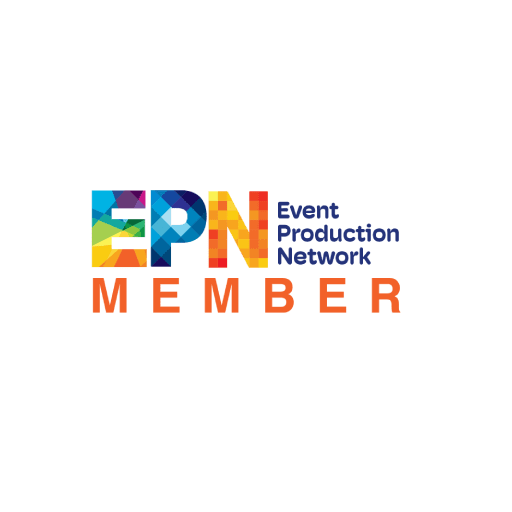Production Companies Nashville TN – Delivering Creative Content and Innovative Film Production
Production Companies Nashville TN – Delivering Creative Content and Innovative Film Production
Blog Article
Just How Production Firms Transform Concepts Into Compelling Visuals
The process by which manufacturing companies transform abstract principles right into compelling visuals is both complex and systematic, starting with the important phases of ideation and script growth. As the task proceeds via pre-production, production, and post-production, each phase needs mindful focus to information and positioning of creative components.
Understanding the Creative Process
While the innovative process might differ dramatically from one production business to an additional, it typically involves a structured method that balances creative vision with functional implementation. The procedure starts with ideation, where principles are conceptualized and improved. Throughout this phase, imaginative groups involve in conversations that discover styles, stories, and aesthetic styles, ensuring that the core message straightens with the desired target market.
Adhering to ideation, the advancement phase takes spotlight, where scripts, storyboards, and shot listings are carefully crafted. This phase is important as it translates abstract ideas right into substantial plans, helping with a smoother production process. The creative group works together carefully, ensuring that every facet, from casting to area hunting, shows the creative intent.
Post-production additionally refines the visuals and noise, finishing in a polished last item that resonates with the target market. Hence, comprehending this organized creative process is critical for appreciating just how production business change concepts right into engaging visuals.

The Function of Cooperation
Just how does cooperation boost the innovative outcome of manufacturing business? At its core, partnership is an essential stimulant that cultivates technology and creative thinking within the manufacturing landscape.

Additionally, collaboration motivates open interaction, which is important for browsing the intricacies of manufacturing. It grows an atmosphere where feedback is valued, enabling repetitive improvements and changes that elevate the end product. Eventually, the joint spirit within manufacturing firms serves to change first concepts into engaging visuals that astound audiences, strengthening the relevance of teamwork in achieving imaginative excellence.
Pre-Production Fundamentals
Pre-production is a critical phase in the filmmaking process, usually encompassing five vital steps that lay the foundation for an effective manufacturing. The primary step involves script advancement, where the screenplay is fine-tuned, making certain that the narrative is cohesive and compelling. This is complied with by budgeting, which establishes the monetary structure for the job, recognizing vital prices connected to cast, crew, places, and devices.
The third step is casting, an important process that involves selecting the best actors to portray the characters authentically. A well-cast film can substantially improve the story's effect. Next, place hunting is carried out to discover suitable shooting websites that line up with the vision of the job, taking into account logistical factors such as availability and licenses.
Catching the Vision in Production
In the vibrant atmosphere of a film set, recording the vision in manufacturing needs precise coordination and collaboration amongst all departments. Each team, from cinematography to art direction, plays a critical duty in converting the screenplay into aesthetic imagery that resonates with target markets. The director's vision must be effectively connected to make sure that every shot, angle, and lighting selection lines up with the overarching narrative.
Cinematographers are entrusted with choosing camera devices and lenses that best share the story's tone, while production developers create immersive settings that improve the aesthetic experience. Wardrobe and makeup groups add by forming characters weblink via their appearance, reinforcing the story's themes.
Audio design and songs also match the visuals, developing emotional context and enhancing target market involvement. Daily coordination conferences and on-set interaction networks facilitate real-time changes, making sure that any innovative subtleties are captured as they develop.
Ultimately, catching the vision in manufacturing has to do with balancing these varied elements to produce a natural and engaging visual narrative. The joint effort not only brings the manuscript to life but likewise lays the structure for an effective cinematic experience.
Post-Production: Refining the End Product
Post-production plays an essential function in improving the end product, transforming the raw video footage caught throughout manufacturing right into a sleek motion picture experience (production companies nashville tn). This stage incorporates several important procedures, consisting of editing and enhancing, audio layout, shade improvement, and aesthetic results, each adding to the total story and psychological influence of the movie

Audio style is similarly essential, including the enhancement of dialogue, audio effects, and climatic audios that enhance the viewing experience - production companies nashville tn. The careful layering of audio elements helps immerse the audience in the story globe
Shade improvement even more boosts aesthetic charm, readjusting tones and contrasts to produce a natural visual that lines up with the movie's mood. This step makes certain that each frame resonates emotionally with visitors.
Conclusion
In conclusion, the makeover of concepts into engaging visuals necessitates a structured and collective strategy within production business. By focusing on interaction and coordination throughout the creative process-- from ideation and pre-production to Bonuses manufacturing and post-production-- these firms successfully align different imaginative elements with the narrative. More Help This precise method not just enhances storytelling but likewise astounds target markets, inevitably leading to immersive and interesting cinematic experiences that reverberate deeply with customers.
Report this page